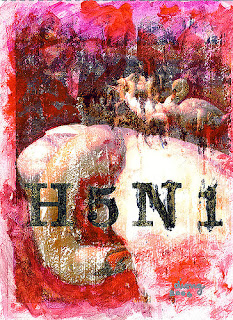The 9th International Heavy Minerals Conference (HMC 2013) was held in Visakhapatnam, Andhra Pradesh from 27 to 29 November 2013.
The biennial International conference is ninth in a series of conferences that focus on the heavy minerals industry. This International conference was held for the first time in India by the Mining Engineers Association of India (MEAI) in collaboration with and support from the Government of India, other professional organisations and industry.
The Conference theme is: Overcoming New Challenges.
The aim of HMC 2013 was to discuss the technical, managerial, business opportunities and challenges facing the sector worldwide. Delegates attended the conference including from Australia, Canada, Africa, US, China, Vietnam, Srilanka and Europe.
The earlier editions of the conference were held in diverse places as Cape Town (SA), Jacksonville (US) Fermantle & Perth(Australia) etc. The first conference held in Kwazulu Natal (SA) and the previous conference held in Perth.
Heavy Minerals
The Minerals with a density greater than 2.9 g/cm3 are called as heavy minerals. Examples of heavy minerals include garnet, zircon, tourmaline, topaz, magnetite, hematite, apatite, kyanite, glauconite, etc
The biennial International conference is ninth in a series of conferences that focus on the heavy minerals industry. This International conference was held for the first time in India by the Mining Engineers Association of India (MEAI) in collaboration with and support from the Government of India, other professional organisations and industry.
The Conference theme is: Overcoming New Challenges.
The aim of HMC 2013 was to discuss the technical, managerial, business opportunities and challenges facing the sector worldwide. Delegates attended the conference including from Australia, Canada, Africa, US, China, Vietnam, Srilanka and Europe.
The earlier editions of the conference were held in diverse places as Cape Town (SA), Jacksonville (US) Fermantle & Perth(Australia) etc. The first conference held in Kwazulu Natal (SA) and the previous conference held in Perth.
Heavy Minerals
The Minerals with a density greater than 2.9 g/cm3 are called as heavy minerals. Examples of heavy minerals include garnet, zircon, tourmaline, topaz, magnetite, hematite, apatite, kyanite, glauconite, etc



















